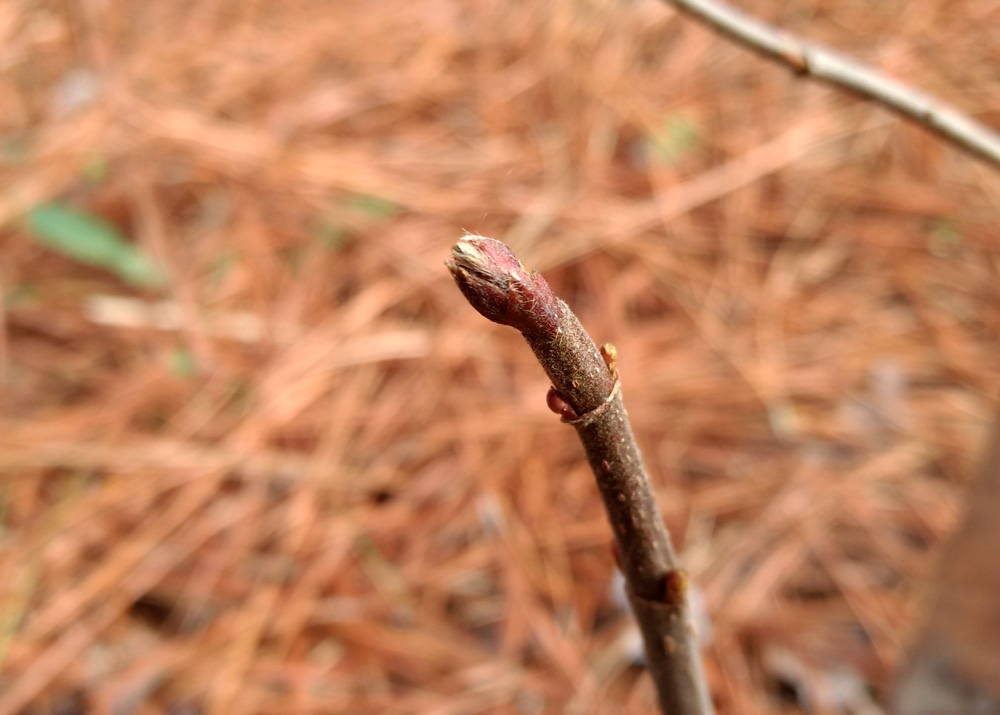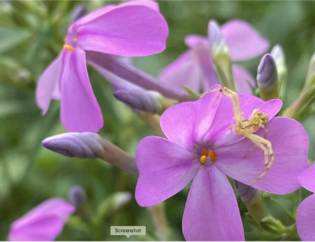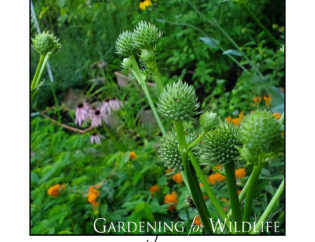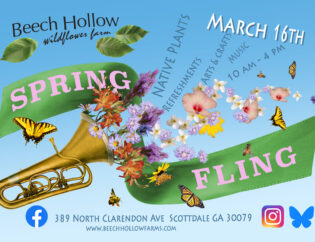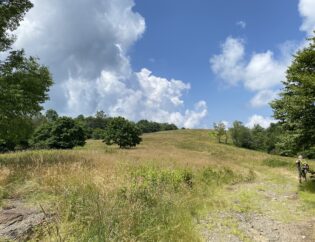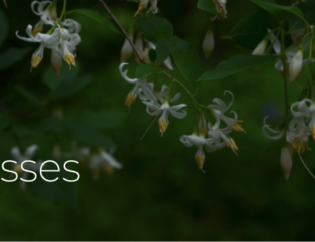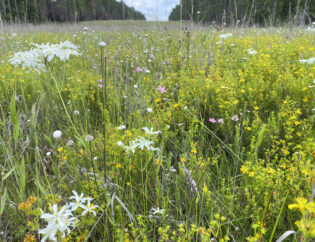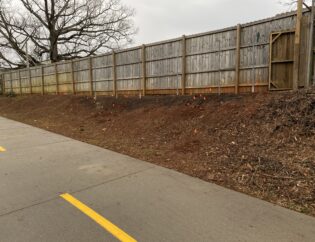
Deciduous woody plants have adapted to survive in the temperate regions of the world by dropping their leaves for the duration of the cold winter months. Freezing temperatures and low light conditions aren’t conducive to photosynthesis, so trying to maintain leaves through the winter doesn’t make much sense and would probably result in a net loss of energy. Once the temperatures do start to creep back up new growth has to begin somewhere, and that somewhere is in the buds.

Buds are compact, often tiny, structures that are the first step toward a new leaf, branch or flower. Where the bud is located on the plant largely determines what it will become. Terminal, or apical, buds are at the tip of the stem. They are usually the first to break dormancy and often impede all of the other buds on a branch or stem from sprouting until they do. Lateral buds are farther down the stem, and axillary buds form at the joint between a branch and the main stem or trunk.
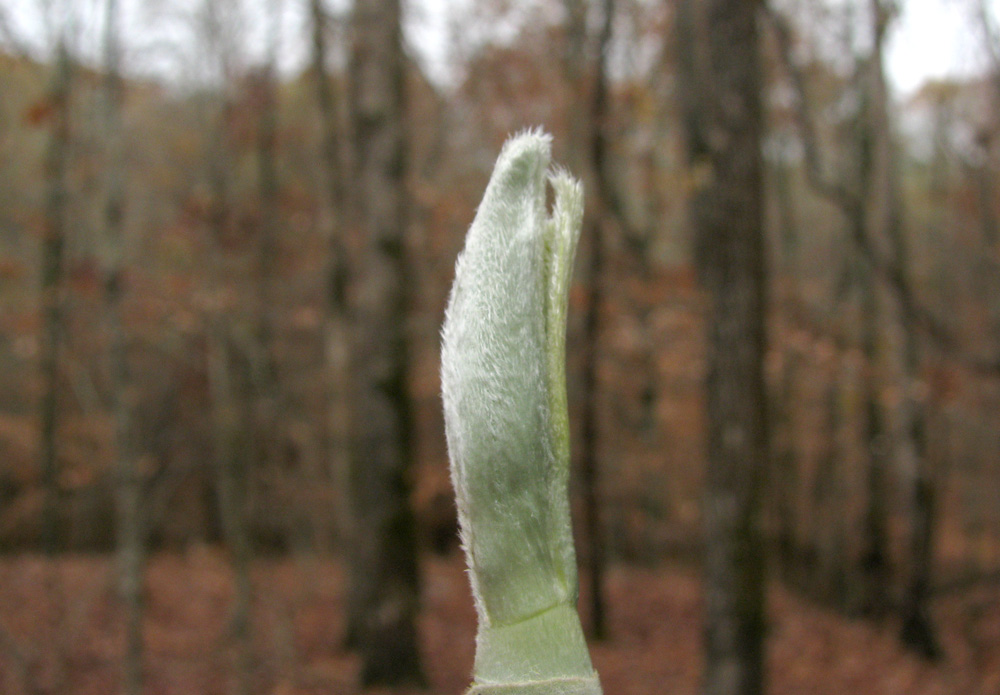
Many buds have evolved structures to protect themselves from the freezing temperatures called bud scales. They are overlapping plate-like structures that contain a waxy substance for insulation. Others, like the Magnolia pictured above have hairs that act like animals’ fur to insulate the delicate parts inside. Those delicate parts are cells akin to stem cells in animal embryos called ‘primordia.’ There can be as few as a couple hundred cells in a bud to start out, but as the temperatures rise and the days get longer, the cells begin to divide and differentiate into the specialized leaf parts they will ultimately become. The first outer sign of this process beginning is when the buds swell in late winter, AKA right now in most of Georgia. This all comes back to you, the gardener, in the fact that as the buds are swelling they need nutrients to grow! Trees and shrubs (especially young ones) should be fertilized right as the buds begin to swell so that they have all the vital elements to make those tiny soon-to-be-leaf structures.
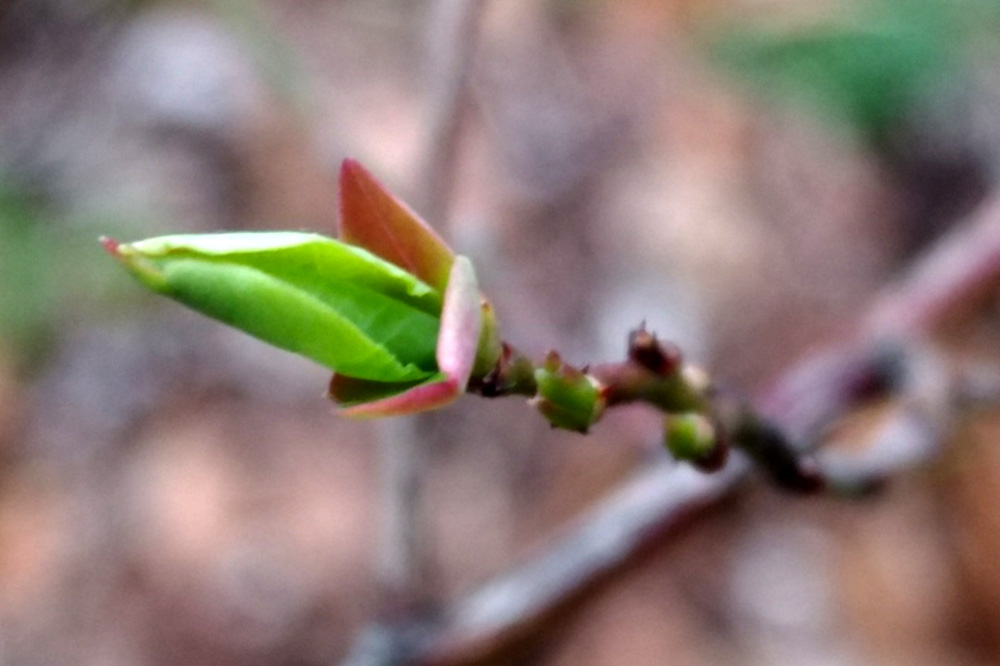
Keep an eye on the buds of your woody plants over the next few weeks and you will see Spring getting ready to spring!
